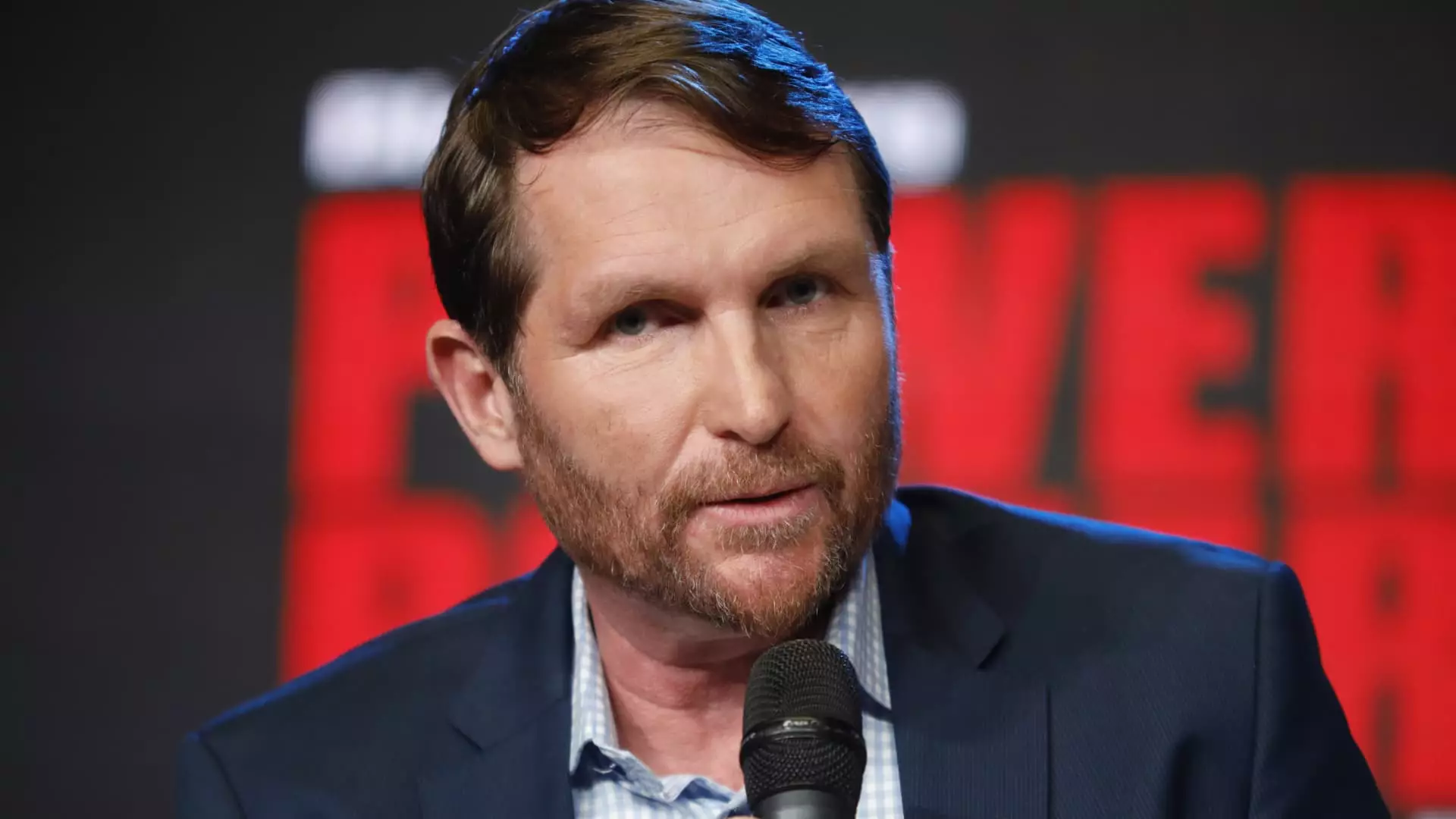The recent appointment of Kirk Tanner as the new CEO of The Hershey Company signals more than just a routine leadership transition; it underscores a broader strategic recalibration within the consumer goods industry. Heresy and complacency no longer suffice in an environment dictated by rapid innovation, shifting consumer preferences, and fierce global competition. Tanner’s background, notably his tenure at Wendy’s and PepsiCo, suggests a leader poised to challenge the status quo, emphasizing agility, consumer focus, and a keen understanding of modern branding. His return to the consumer-packaged goods (CPG) sphere hints at a forward-looking approach that aims to invigorate Hershey’s traditional legacy, aligning it with contemporary market demands.
However, critics should scrutinize whether Tanner’s corporate track record genuinely aligns with Hershey’s long-term vision or if it risks prioritizing short-term gains at the expense of authentic brand loyalty. His experience in the highly competitive fast-food and beverage markets might equip him with the tools for rapid innovation, but will he successfully translate that into the confectionery industry’s unique needs? This strategic leap warrants skepticism, especially considering Hershey’s historic stability grounded in its rich heritage.
The Fluctuations of Leadership Turnover and Its Broader Implications
The departure of Michele Buck, a leader who dedicated nearly two decades to Hershey, signals a considerable shift in corporate culture and strategic direction. Although her retirement might be viewed as a natural progression, it also exposes vulnerabilities in the company’s continuity and long-term planning. The transition period, marked by Buck’s advisory role until the year’s end, raises questions about the stability of Hershey’s leadership pipeline. A cycle of frequent leadership changes risks destabilizing brand consistency and alienating stakeholders who value stability rooted in decades of proven success.
Meanwhile, Wendy’s quick move to appoint CFO Ken Cook as interim CEO reflects a reactive management approach, designed to fill the leadership void swiftly. Such interim appointments, though necessary, often carry the danger of being stopgap measures rather than steps toward future-proofing the company. The underlying concern is whether Hershey’s new leadership will foster innovation or settle into a reactive stance that merely preserves existing market share. In an era where consumer preferences evolve rapidly, merely maintaining the status quo is a perilous gamble.
Center-Right Critique: The Need for a Pragmatic and Grounded Approach
From a pragmatic center-right perspective, both Hershey and Wendy’s face critical trials that demand focused, yet cautious innovation. Tanner’s proven expertise in scaling operations and navigating corporate M&A activity offers promise; however, over-engineering for growth without considering core consumer values risks commodifying heritage brands. The temptation to pursue aggressive expansion or diversification can dilute Brand equity, especially when the foundation is rooted in tradition and trust.
Furthermore, the leadership shift underscores the broader challenge of balancing shareholder-driven growth with responsible corporate stewardship. Hershey’s legacy is built on quality, consistency, and emotional appeal—traits that cannot be fabricated overnight or by relying solely on aggressive M&A strategies. Forward-looking leadership should emphasize sustainable growth, aligning product innovation with consumer values, and ensuring that corporate decisions do not undermine long-term brand trust. This pragmatic, slightly conservative approach is essential in navigating the uncertainties of a global economy fraught with regulatory headwinds, inflationary pressures, and geopolitical tensions.
Ultimately, Hershey’s appointment of Tanner marks a pivotal moment that, if managed wisely, can serve as a catalyst for resilient, responsible growth—provided that leadership remains grounded, strategic, and aligned with core consumer values rather than fleeting trends.

